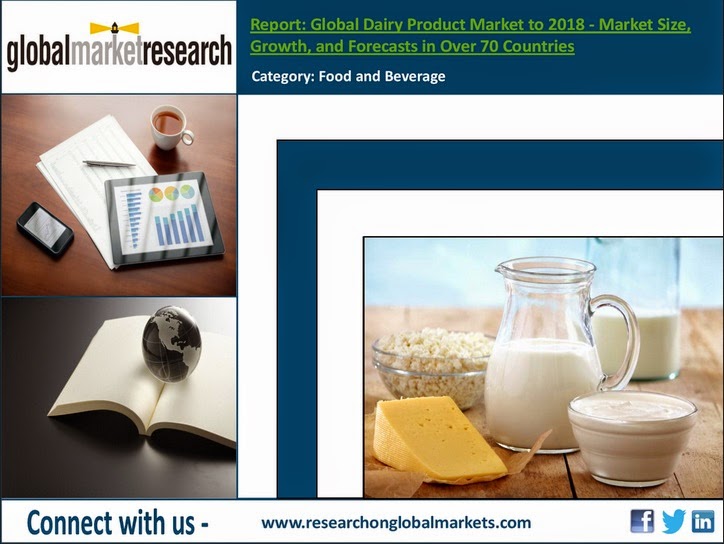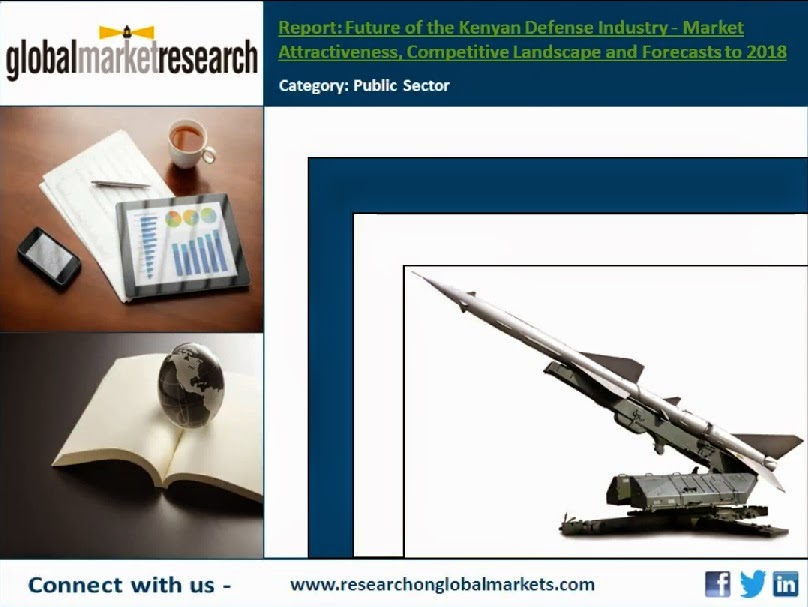Summary
This profile is the essential source for top-level energy industry data and information. The report provides an overview of each of the key sub-segments of the energy industry in Saudi Arabia. It details the market structure, regulatory environment, infrastructure and provides historical and forecasted statistics relating to the supply/demand balance for each of the key sub-segments. It also provides information relating to the crude oil assets (oil fields, refineries, pipelines and storage terminals) in Saudi Arabia. The report compares the investment environment in Saudi Arabia with other countries in the region. The profiles of the major companies operating in the crude oil sector in Saudi Arabia together with the latest news and deals are also included in the report.
Scope
* Historic and forecast data relating to production, consumption, imports, exports and reserves are provided for each industry sub-segment for the period 2000-2020.
* Historical and forecast data and information for all the major oil fields, refineries, pipelines and storage terminals in Saudi Arabia for the period 2005-2017.
* Operator and equity details for major crude oil assets in Saudi Arabia.
* Key information relating to market regulations, key energy assets and the key companies operating in the Saudi Arabia’s energy industry.
* Information on the top companies in the Saudi Arabia including business description, strategic analysis, and financial information.
* Product and brand updates, strategy changes, R&D projects, corporate expansions and contractions and regulatory changes.
* Key mergers and acquisitions, partnerships, private equity and venture capital investments, and IPOs.
Reasons to buy
* Gain a strong understanding of the country’s energy market.
* Facilitate market analysis and forecasting of future industry trends.
* Facilitate decision making on the basis of strong historic and forecast production, reserves and capacity data.
* Assess your competitor’s major crude oil assets and their performance.
* Analyze the latest news and financial deals in the oil sector of each country.
* Develop strategies based on the latest operational, financial, and regulatory events.
* Do deals with an understanding of how competitors are financed, and the mergers and partnerships that have shaped the market.
* Identify and analyze the strengths and weaknesses of the leading companies in the country.
To order this report:
Email: support@researchonsaudiarabia.com
US: +1 800 986 6819
UK: +44 203 514 2363
India: +91 22 4098 7600
SOURCE: Researchonsaudiarabia.com
RELATED LINK:
Saudi Arabia Oil Markets 2013
RELATED VIDEO:





